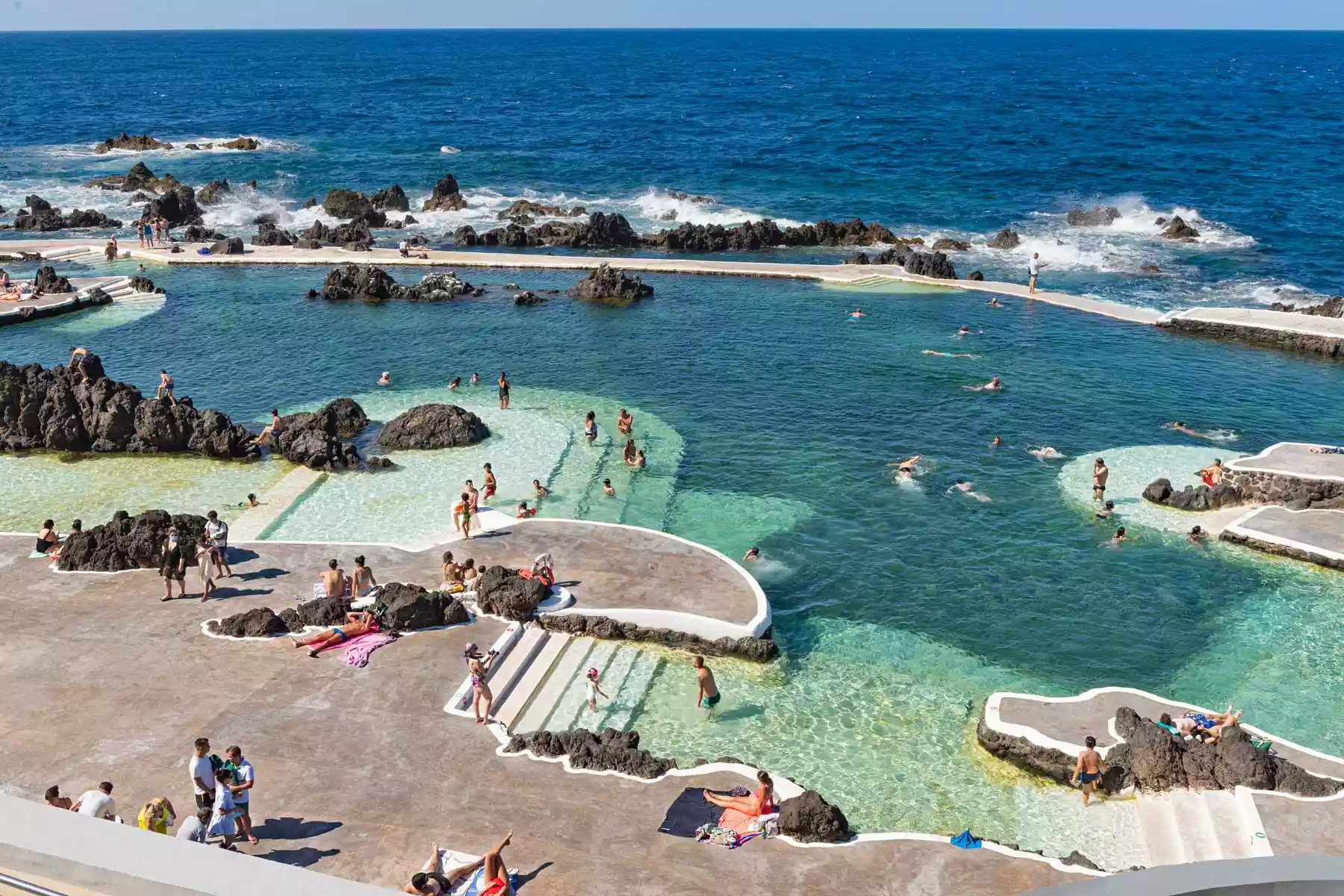Explore the Beauty of Madeira: A Comprehensive Guide
The History of Madeira
Out on Portugal’s Madeira Islands, the lush archipelago far from the mainland, the North Atlantic Ocean has shaped every aspect of life for centuries.
In 1419, when Portuguese seafarers stumbled upon an uninhabited island in the North Atlantic, approximately 500 miles off the African coast, they were taken aback by the dense covering of greenery. Even today, after 600 years of human encroachment, the amazement persists. The variety of flora is extraordinary: groves of local mahogany, indigenous lily of the valley, and a laurel forest, the largest surviving remnant of the vegetation that once prevailed over much of southern Europe at least 15 million years ago. The island has been aptly named Madeira — the Portuguese word for wood.
Cultural Experiences
However, what struck me most forcibly during my first visit was the consistent presence of the ocean. Madeira — the largest island in the archipelago of the same name — is so steep that even inland, when walking through a vineyard or dining on a hillside, the brilliant blue sea frames the view.
In the capital city, Funchal, hotels and restaurants take full advantage of a vista that captivates visitors. Strolling along sidewalks with traditional cream-and-black mosaics, I was still captivated by gaps between buildings that offered fleeting glimmers of blue. Therefore, it is clear that the Atlantic influences the climate, wildlife, and gastronomy of the island.
Gastronomy in Madeira
Every boat trip, swim, and breathtaking mountaintop hike, accompanied by a salty breeze and the azure waves, reminded me of the Atlantic’s influence on the island’s wine culture. Moreover, the wine, which has been Madeira’s principal export for over 400 years, has profoundly impacted the island’s destiny. As our hiking guide, Otilia “Tilly” Câmara suggested, “Madeira was born from the sea.”
Adventures and Activities
We were high in the hills during a lovely hike along one of the levadas, the man-made irrigation channels that transport water from the forested mountains. It was a peaceful experience walking alongside a small, tidy stream, framed by walnut, apple, and pear trees. Hence, one can enjoy the tranquil surroundings, feeling delightfully remote.
For centuries, including the time of Christopher Columbus, Madeira has been a common stopover. Captain Cook utilized the island for supplies on voyages to Rio de Janeiro and Tierra del Fuego. Exploring this rich nautical history, one can appreciate how traders and explorers purchased barrels of Madeira wine, discovering its resilience and enhancement during ocean voyages. Consequently, Madeirans prospered from their wine’s unique durability.
At Blandy’s Wine Lodge, situated in a 16th-century Franciscan monastery near the Funchal waterfront, we learned about the wine-making process. Chris Blandy, CEO of the family business, shared captivating insights into the nearly four million liters of Madeira wine aging at the lodge.
With a mix of venerable and modern styles, Madeira is characterized by diverse approaches. From the culinary offerings, which include traditional espetadas — skewers of tender beef grilled over an open fire, to sophisticated adaptations in contemporary restaurants, every meal reflects the island’s rich culture.
Where to Stay
Les Suites at the Cliff Bay: This stylish property features 23 suites.
Quinta da Casa Branca: A serene garden oasis in the heart of Funchal.
Reid’s Palace, a Belmond Hotel: An iconic hotel from the 19th century that delights visitors with its cliff-top views.
Conclusion
The adventures and stunning landscapes found on this beautiful island make it an exceptional destination for those seeking both relaxation and exploration. Madeira is not just about breathtaking scenery but also rich cultural experiences, delectable cuisine, and unique wines, making it a must-visit for any traveler.





